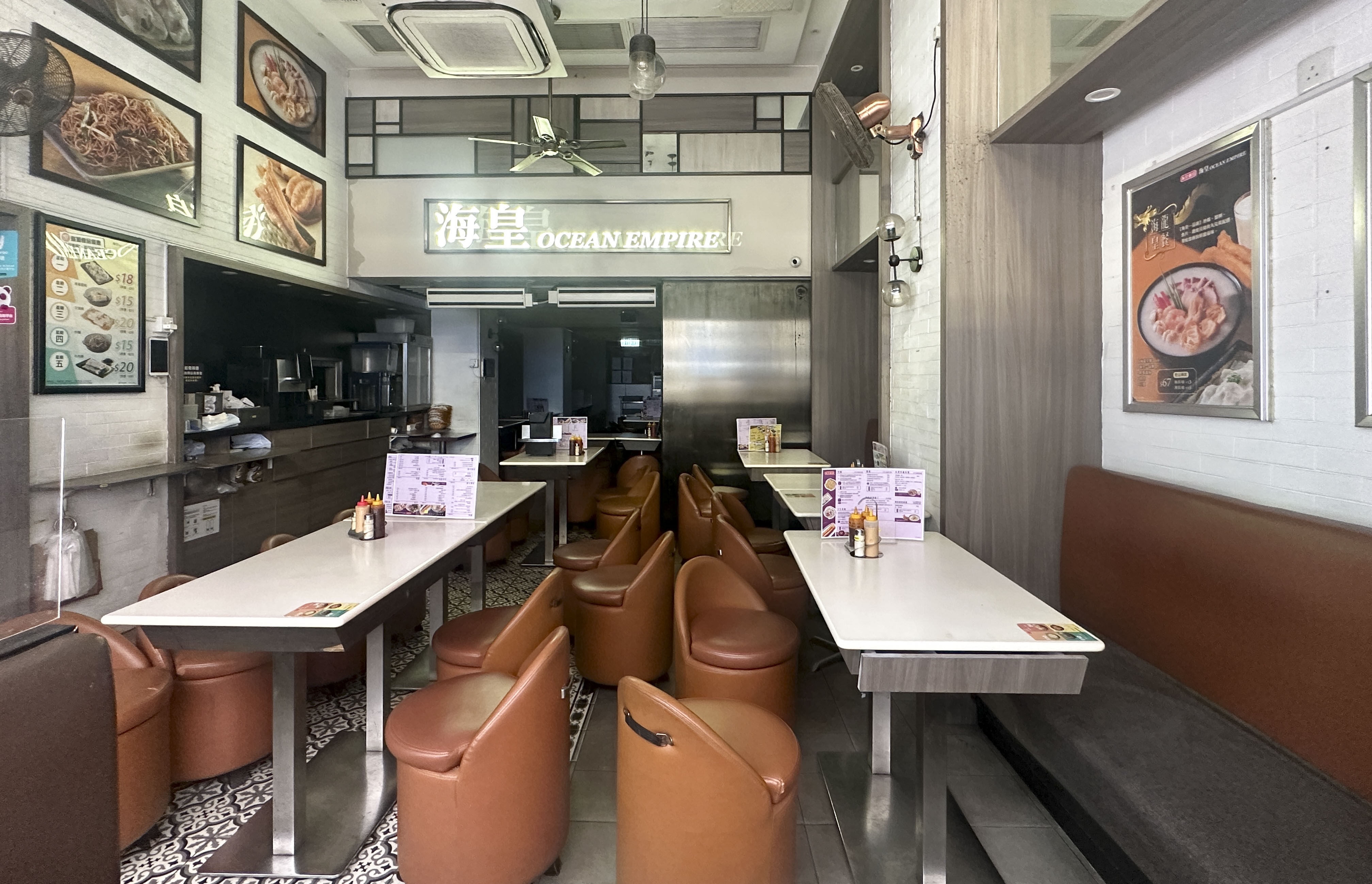Hong Kong’s restaurant industry is bracing for the wave of business closures to continue into the second half of the year with little hope for a quick turnaround, following a string of shutdowns of well-established chains in the city.
“We are worried about the overall situation in the second half of the year,” Simon Wong Ka-wo, president of the Hong Kong Federation of Restaurants and Related Trades, told a radio show on Saturday.
Wong cited rent as a “rather big problem”, with industry observers saying that prices remained elevated. However, some landlords had recently reduced rents, and in certain areas, prices dropped by up to 15 per cent over the past six months, he added.
“However, when calculated by cost compared with the Greater Bay Area, especially Shenzhen, our costs are still higher,” he said.
“So, in terms of labour, rent, ingredients, other administrative expenses and promotion, it is precisely the cost-effectiveness that puts immense pressure on operating a restaurant in Hong Kong.”
Bakery chain Taipan Bread & Cakes, the inventor of “snow skin” mooncakes, closed down all of its branches earlier this week after more than four decades in the business, becoming the latest in the list of major chains that have shut down in recent years.
In May, 33-year-old congee restaurant chain Ocean Empire also shut all its outlets.
Another challenge, Wong said, was the decline in tourist spending even as visitor numbers continued to gradually increase after the pandemic.
Wong said currently, the number of visitors still represented a roughly 20 per cent decline compared with pre-pandemic figures of more than 60 million.
The average per capita spending by tourists had also fallen by 20 per cent, he said.
Local consumption, which accounted for nearly 90 per cent of the catering industry’s total revenue, also remained weak, according to Wong. He said that Hong Kong’s sluggish economy was exacerbated by the trend of residents heading north across the border for consumption.
“On weekends, an average of more than 300,000 people leave Hong Kong daily,” he said, totalling around six to seven million trips per month.
He cited the catering and retail sector peers as saying “business is actually worse than during the pandemic”.
He also questioned the effectiveness of some government initiatives, such as concerts or firework displays.
While they managed to attract visitors from mainland China, many were making same-day trips, offering little benefit to local dining establishments.
Lawmaker Lam Chun-sing, who is also a member of the Federation of Hong Kong and Kowloon Labour Unions, added the wave of closures had taken a toll on local workers.
“Recently, more workers in the construction and catering industries experienced unemployment or wage arrears,” he told the same show.
He cited the cases of Taipan and Ocean Empire, noting that employees often learned of closures abruptly, leading to distress, especially for women with children still in school.
Taipan was estimated to have left 211 employees seeking help from labour authorities over HK$32 million (US$4.1 million) in unpaid wages, dismissal compensation and other debts.
Federation of Trade Unions lawmaker Kwok Wai-keung added that unemployment had started to rise again, with the influx of foreign labour further complicating the re-employment prospects for local workers.
He said industries such as construction, catering, services and security had been hit the hardest as foreign labourers were brought in on monthly, long-term contracts.
Both lawmakers urged a review of policies on importing labour.
But Kwok also pointed out that while large chain restaurants often faced pressure due to lack of flexibility, he noticed many small bakeries had opened, specialising in unique products with a “human touch”.
He said this suggested a shift in consumer preferences towards authentic, high-quality and personalised experiences over mass-produced offerings.
